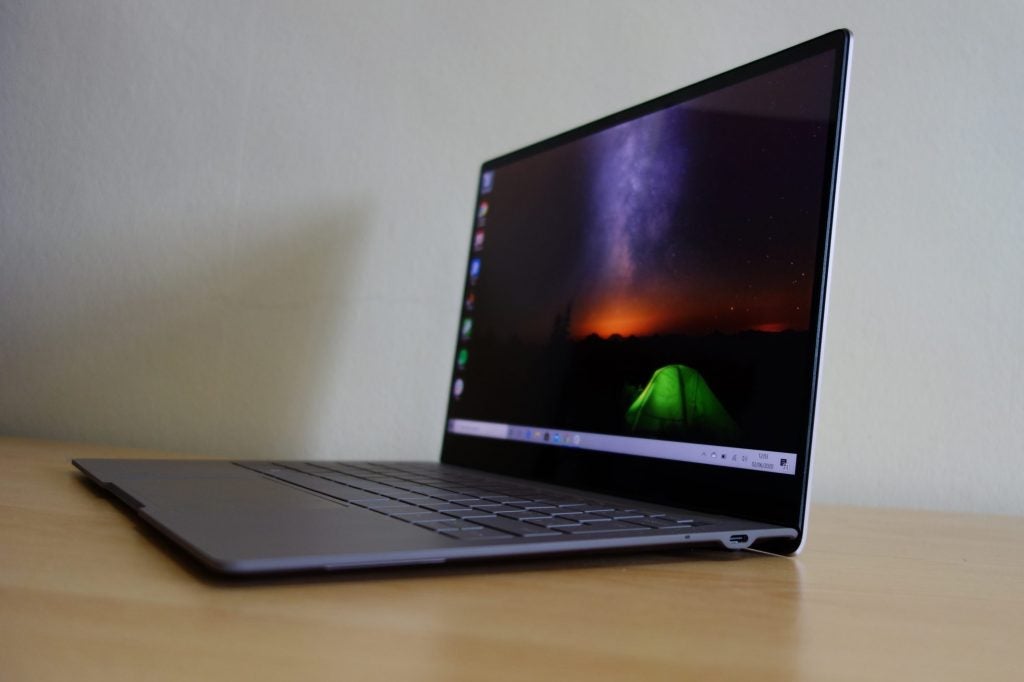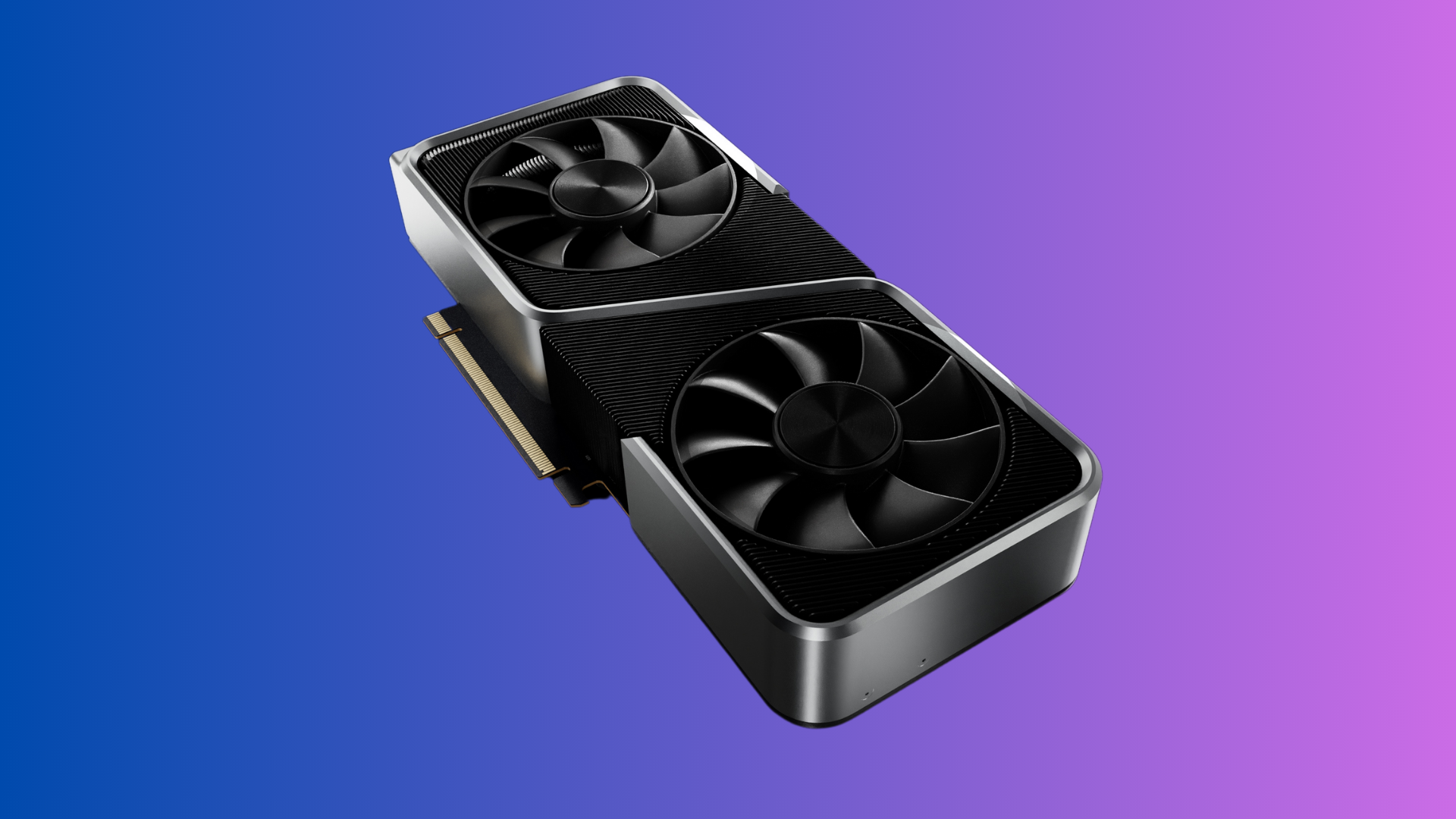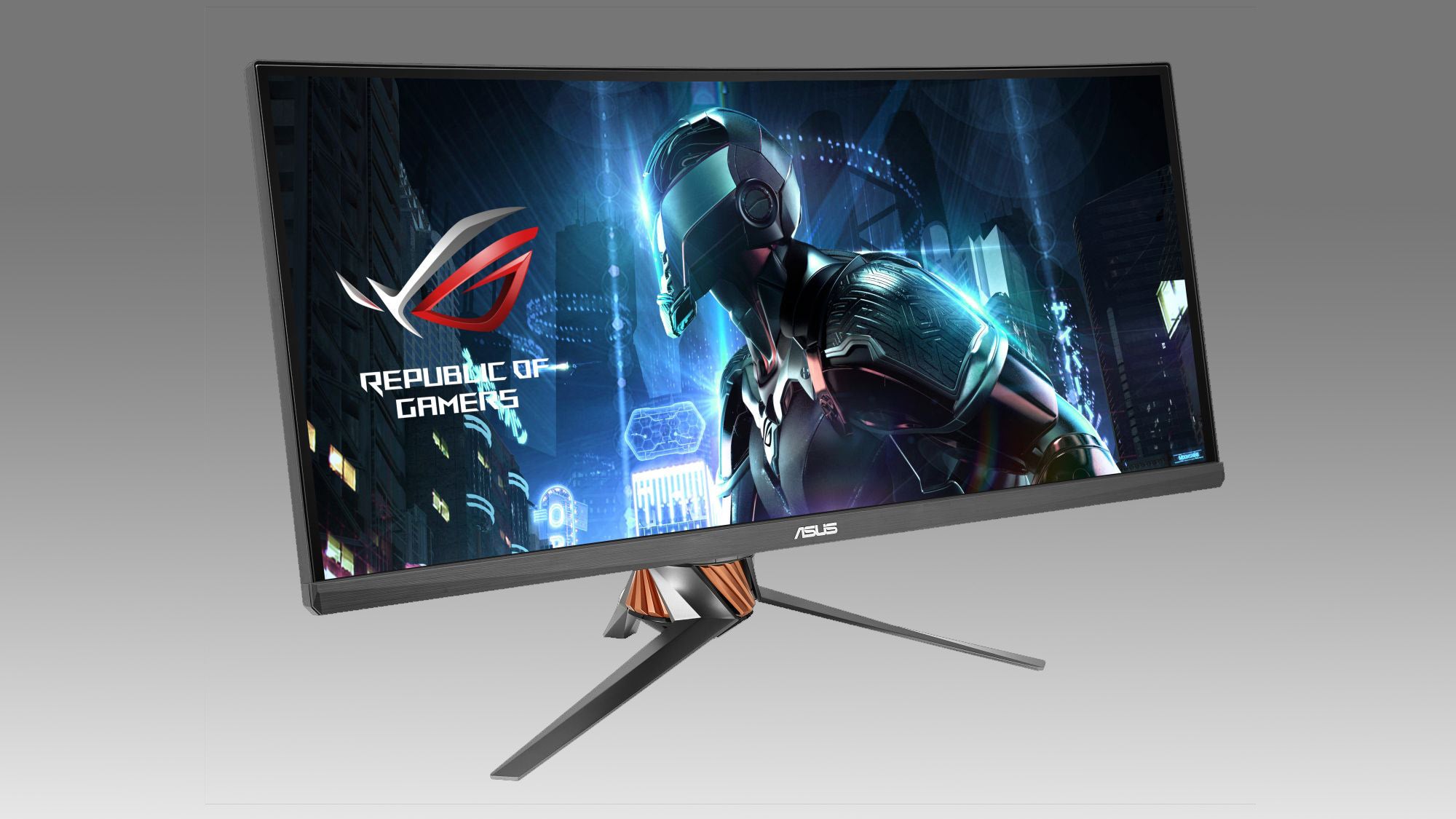What is an Arm processor? Everything you need to know

It’s highly likely that you own a device that uses an Arm processor, whether it’s a smartphone, tablet, VR headset or even a Nintendo Switch.
However, you may not be aware of Arm, since it doesn’t plaster its name all over the chip, and instead licenses the architecture to companies such as Qualcomm, Apple, Nvidia and plenty more.
So what is an Arm processor, and how does it differ to the chips from the likes of AMD and Intel?
We’ve created this guide to answer that very question, so keep on reading for everything you need to know about arm processors.

The limited edition Pokemon Switch OLED hits low price
Amazon has whacked a tenner off the £319.99 RRP of the Pokemon Scarlet and Violet limited edition Switch OLED, bringing the price down to £309.
- Amazon
- Save £10
- Now £309
What is an Arm processor?
Arm is a RISC (reduced instruction set computing) architecture developed by the company Arm Limited. This processor architecture is nothing new. It was first used in personal computers as far back as the 1980s.
However, you’re unlikely to see a device labelled as featuring an ‘Arm’ processor like you do with AMD and Intel powered machines. That’s because Arm Limited licenses the architecture to third-party companies so they can develop their own custom-made processors.
Modern examples of Arm-based processors include Nvidia’s Tegra chip found inside the Nintendo Switch, and the new M1 and M2 ranges of processors that power the latest Macs and MacBooks. One of Arm Limited’s biggest clients is Qualcomm, using the architecture to develop Snapdragon processors that power the vast majority of modern smartphones and tablets. If you have a small portable computing device, there’s a good chance it’s running on Arm architecture.

Why is this? Well, the efficient nature of the RISC architecture allows for fewer transistors than the Intel-based x86 processors (typically found in laptops and desktop computers) to achieve a similar level of performance, helping Arm-based chips excel at power efficiency and heat dissipation. With the likes of smartphones prioritising battery life and low thermals ahead of performance power, the Arm technology makes a lot of sense here.
Following recent performance improvements and greater software support from Microsoft, Arm processors have also started to pop up in laptops, albeit mostly in ultrabooks that prioritise battery and portability above all else.
Qualcomm has started launching its own Arm-based laptop chips, but they have infamously struggled with compatibility issues with Windows, which causes many apps/software to run slowly or not at all. Microsoft is working closely with Qualcomm to remedy these issues, but for now, you’re best sticking with the Intel x86 architecture (via Intel Core and AMD Ryzen) for most Windows laptops.

It’s a different story for macOS though. Apple has created its own Apple Silicon chips by using Arm architecture. By doing so, Apple has been able to maximise battery life for recent MacBooks – the MacBook Air M2 was able to last for almost 14 hours in our tests, whereas the average Windows laptop only manages around 10 hours of stamina.
Performance is one area where Arm processors have historically struggled to compete with its Intel x86 counterpart, but that looks to be changing. The Apple M2 Ultra (which is an Arm processor) is one of the most powerful chips we’ve ever seen, making the Mac Pro and Mac Studio two of the most powerful desktop computers available.
Apple has even been able to produce powerful chips for laptops, with the Apple M2 Max providing immense performance via the MacBook Pro laptops. This shows that Arm processors have a very bright future, and could become even more common in laptops and desktop computers in the coming years.
Is Arm better than Intel x86?
Not necessarily. Both types of processor architecture have their own strengths and weaknesses. The excellent power consumption and heat dissipation makes Arm a great fit for small, portable devices such as smartphones and tablets.
Meanwhile, Intel’s x86 CISC (complex instruction set computer) architecture has been traditionally better suited for performance-focused tasks as it can carry out more complex instructions per clock. This made them a natural fit for laptops and desktop PCs, which generally see heavier workloads than the likes of smartphones and tablets.
Laptop manufacturers have previously snubbed Arm-based chips as they require huge amounts of RAM and suffer compatibility issues with the Windows operating systems, but that’s all looks to be gradually changing. Now RAM is a lot more affordable, and Microsoft is working with Qualcomm to address those compatibility issues.
We’re now at a stage where manufacturers are selling laptops equipped with Arm-based chips, including Samsung’s Galaxy Book S, Lenovo’s Yoga C630 13 and Microsoft’s Surface Pro 9 5G. These laptops flaunt above-average battery life, new ultra-portable designs and support for LTE connectivity, and while the CPU performances weren’t quite as good as Intel x86 counterparts, they were still easily powerful enough for basic tasks such as web browsing, video streaming and word processing.

But any doubts that Arm can compete with Intel x86 in terms of performance power are slowly being quashed thanks to Apple. Its latest M2 range of processors are competitive with the latest laptop processors from AMD and Intel, and has even leapfrogged the two in terms of power in some instances.
Such bragging rights, at least in the consumer market, are currently exclusive to Apple. If you want a high-powered Windows laptop or PC, you’re still better off avoiding Arm and sticking with an Intel x86 processor from AMD or Intel.
This is especially true for gaming. While Nvidia’s Arm processor has thrived inside the Nintendo Switch, the PS5 and Xbox Series X both use Intel x86 processors to maximise performance. If you’re looking to build a gaming PC, you’ll still want to use an Intel x86 chip from AMD or Intel too.
So while it would be inaccurate to say Arm is outright better than Intel x86, there’s no doubt that the former is improving at an accelerated pace and will likely see a far greater presence in the laptop and desktop computer industry in the next few years, while continuing to dominate the smartphone space.








